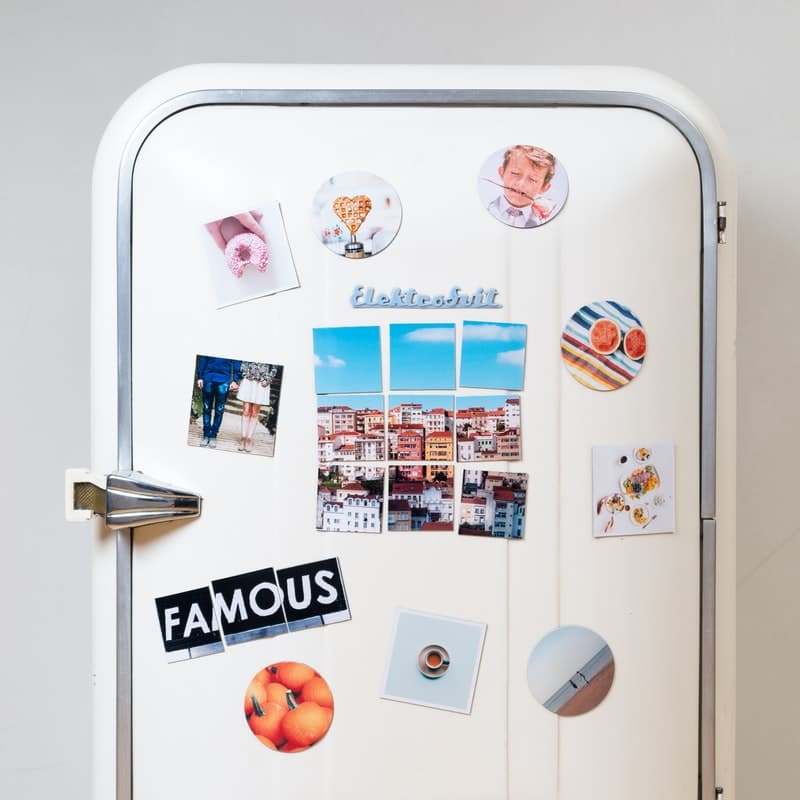Preserving foodstuff is always the point of concern for many housewives. To mind different products that require sometimes totally different conditions of storage – it can be almost insane!
And no wonder that we often fail the “battle for freshness” and throw away this or that product.
However, several tricks exist that a few people are aware of, but they can keep your groceries crisp and delicious way longer!
Want to know the secret of how to store food in the fridge properly? Then keep on reading attentively!
When Do We Fail?
Indeed, what do we do that our foodstuffs become spoiled much sooner than we expected? Is it something wrong with the fridge? Nope. Did we buy already bad products? We hope you are not one of those who buy foods without examining them for freshness!
So what is the matter?
We may surprise you but the matter is often in how we use our fridges.
Whilst most of us think this aggregate is always cooling things inside it evenly and equally, and we can stuff it with foodstuff from bottom to the top, this is a huge mistake.
To fix it, consider the major rules of refrigeration:
- Never ever overload the fridge! If we do that, we block the cooler, and the content won’t be chilled properly. And also, the door of the overloaded fridge may not close tightly which will lead to food spoilage.
- Place new stock behind the old stock – like that, foods won’t get spoiled because you forgot about them.
- Never keep open canned foods in the fridge in their original tanks. This will lead to other product contamination, so it’ll be better to place them in the storage containers.
- Attach the fridge thermometer inside of the aggregate if it has no built-in one. It will allow monitoring the level of cold which must be between 0 and 5 C.
If you try to avoid those common mistakes, your foods will feel much better in the fridge!

Hygiene Is a Must!
And we’re not talking about you! Foods also need to be looked after.
First of all, keep the temperature at the proper level of 0-5 C.
Check the use-by dates on the packages, and if you spot those that passed the term, toss them away. Bacteria that grew there can cause you much trouble!
Remember that certain foodstuffs must be unwashed prior to refrigeration to last longer.
How to Stock Foodstuff Refrigerated. Shelf By Shelf Guide
Have you ever thought of why your fridge has several shelves? Only for intaking more? No, you’re wrong!
You might not know, but different kinds of products need a different rate of cold to stay good. That is why it is necessary to know what shelf is meant for what.
Upper/middle levels
Leave them for ready meals, leftovers, packed goods, and even prepared salads. Drinks must go here, too.
Bottom shelf
This is the right place to store raw meat, poultry, and seafood if those products are in sealed tanks (not just wrapped since they can be dripping!). Of course, meaty foods can be left there only if they’ll be used within 12-24 hours. If not, toss them to the freezer.
Vegetable compartment
The best place for fruits, vegs, and washed salad veggies. All of them must be either wrapped in paper or in a plastic perforated cover to let them breathe.
Doors
Leave them for the condiments and sauces, juices, and water.
To make it simpler for you to memorize, check out this chart.
[table id=49 /]
This will save you much time and effort, you’ll see!
[wp-faq-schema title=”Frequently Asked Questions”]

What is the best way to store fruit in the fridge? I always find one or two spoiled but I buy them the freshest! What do I do wrong?
Fruits must go to the crisper drawer, and perhaps, you’d better not wash them since I noticed it makes them rot faster.
Where is the warmest part of the refrigerator? I want to finally figure out where to keep fruits and where cooked foods will feel better.
Well, it depends on the fridge. If yours is frost-free, then it’s cold evenly inside. But mine has a frosting camera on top, so the upper shelf is the coldest, and lower one is the warmest respectively.
I need a piece of good advice! What is the proper way to organize a refrigerator?
I guess you really need that! Well, I sort foods the following way: cooked meals and leftovers go up, meat/fish/poultry – all to the middle shelf, and dairy foods go to the bottom. And all the greens are tossed to the veg drawer.
Where is the best place to store milk in the refrigerator? I suspect mine spoils way too fast.
Try to keep it on the bottom shelf, it’s the right place for such products.
Thanks a lot in advance, but where should you put things in the fridge?
My advice is to separately stock foods. I freeze meat since I’m not using it soon. Then vegs go to the drawer, and milk goes to the bottom shelf. What else? Cooked food is best to be left up, just like any ready-to-eat food, actually. I guess, that’s all!